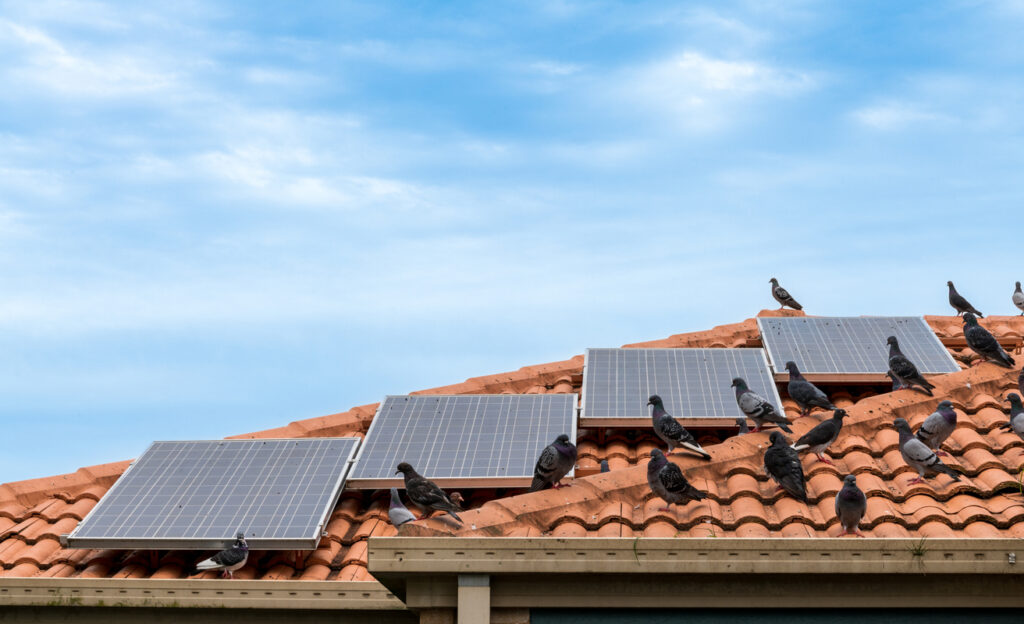








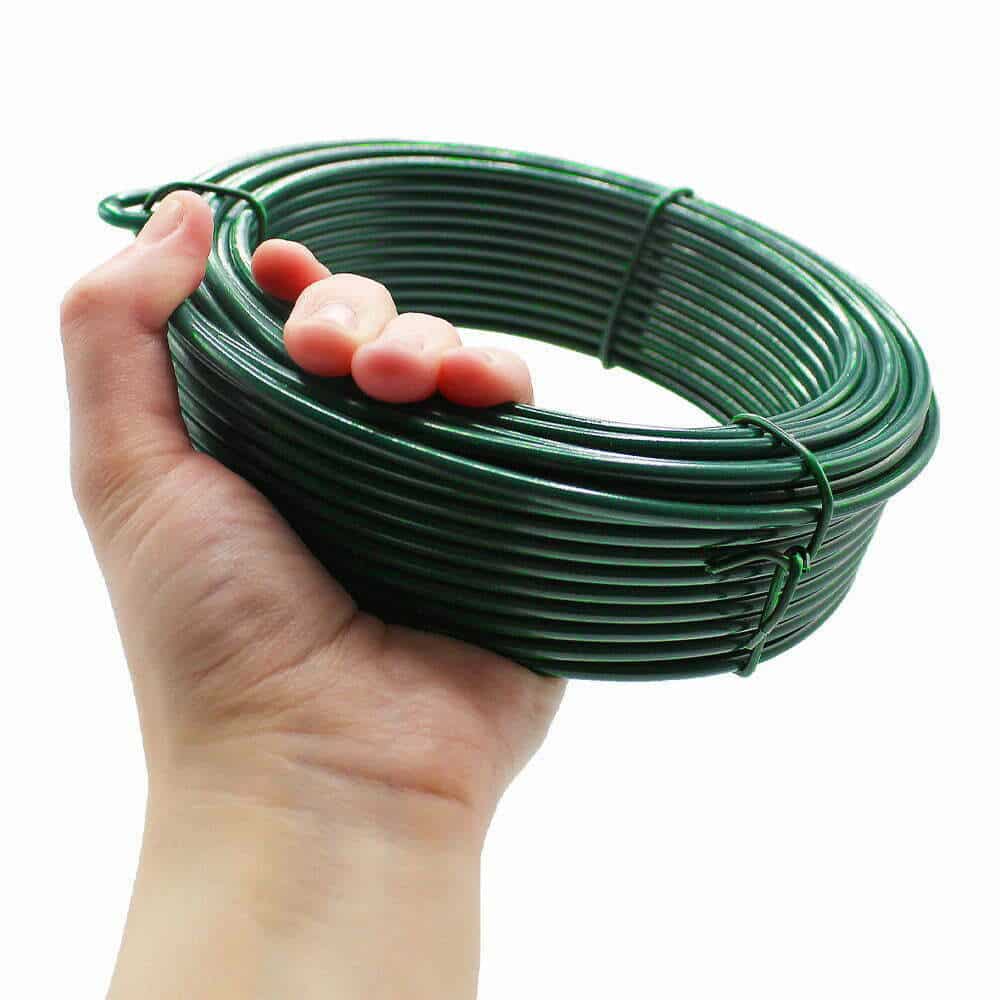
A well-installed fence is both a protective and decorative feature for any garden.
With sustainability becoming an increasing concern for many homeowners, green tensioning line wire has emerged as a favoured option.
Specifically designed for UK gardens, this wire offers durability, aesthetic appeal, and an eco-friendly touch. Let’s dive deep into understanding and installing the Green Tensioning Line Wire fence in your garden.
Let’s go…
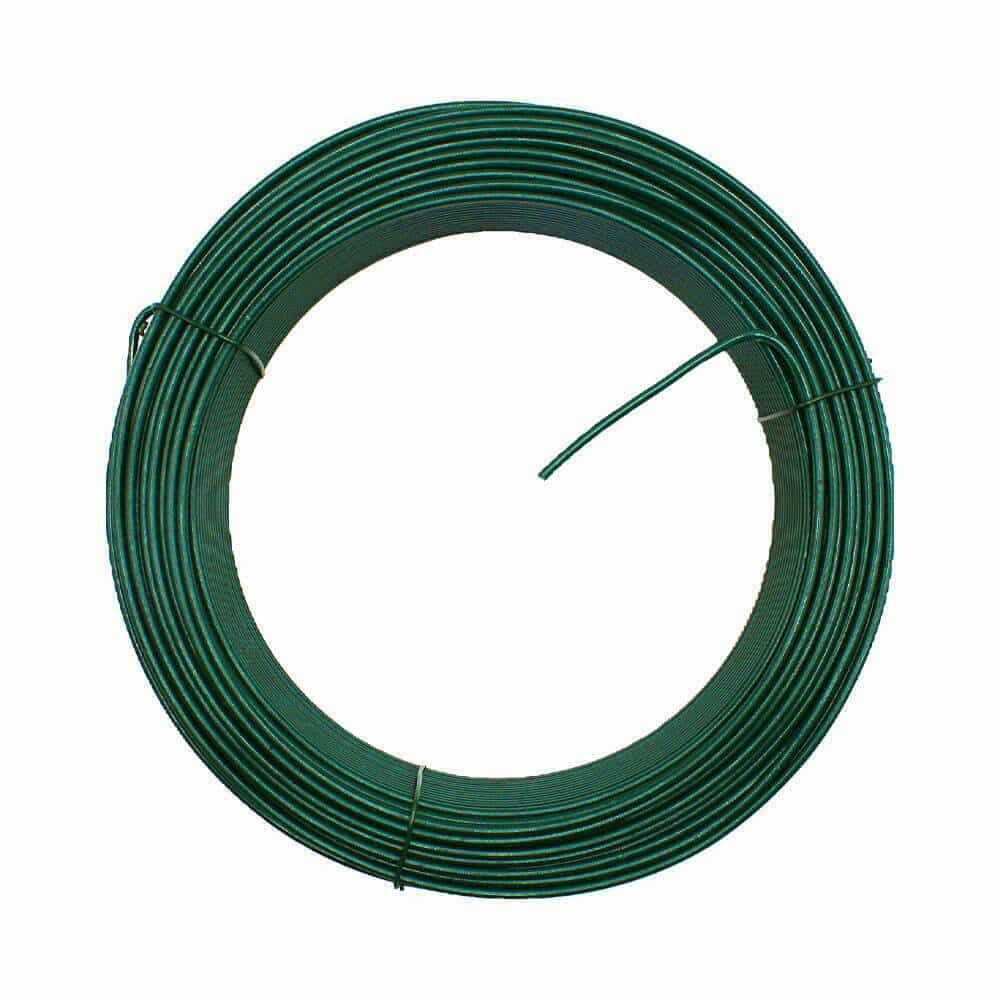
In order for a fencing wire to be strong and resilient, and to be suitable for a variety of purposes, its thickness is crucial. The Green PVC Coated Tension Line Wire’s 3.55mm thickness stands out among the many available dimensions. Here’s why:

With its generous 75 metres of width, the 3.55mm 4kg Coil is a perfect fit for those looking to enclose a large garden, plot, or commercial space. The thickness ensures a harmonious balance between flexibility and strength. With its 3.55mm diameter, the wire is robust enough to withstand a variety of environmental conditions, such as biting cold, torrential rains, and gusty winds. In addition, its significant length allows for fewer joints and splices, which improves the fence’s structural integrity as well as its aesthetic continuity. This coil size ensures that the fence remains sturdy over time, resisting sagging or breaking in large landscapes.
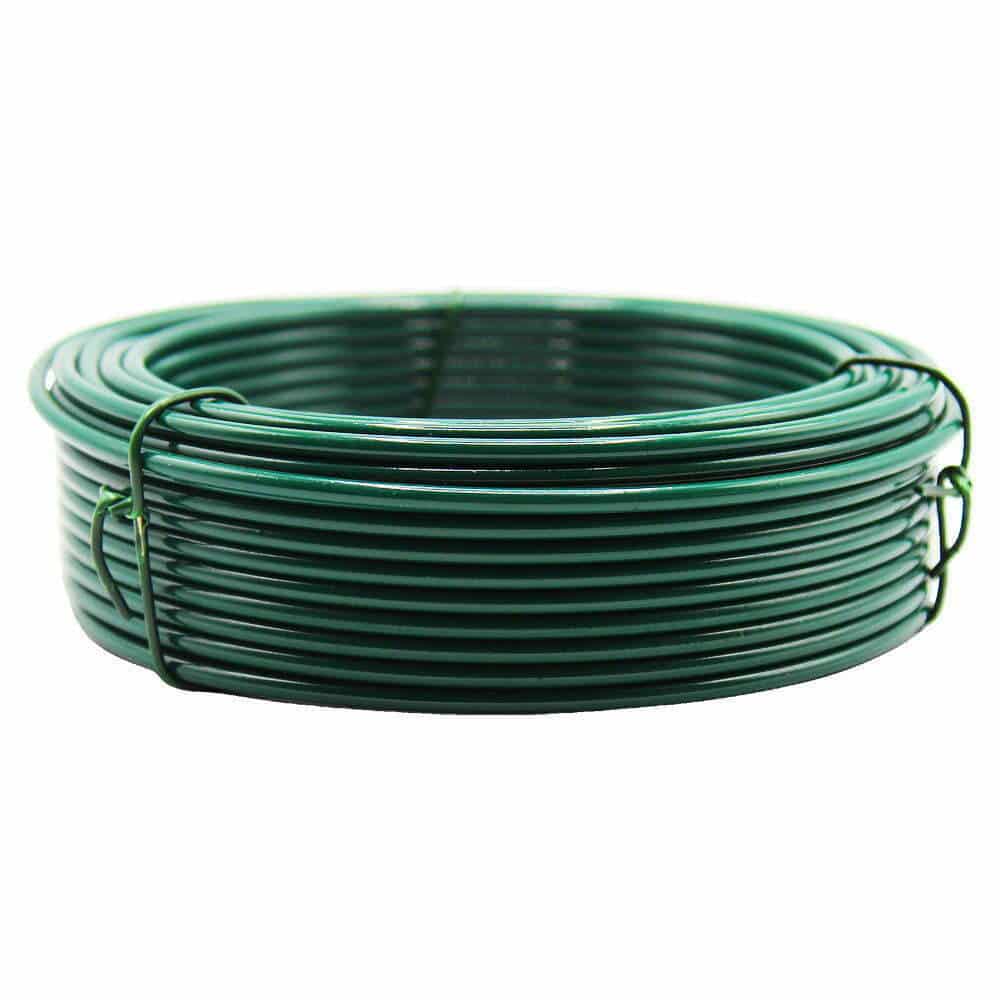
Alternatively, there is the 3.55mm 1kg Coil that stretches up to 15 metres, perfect for smaller gardens, patios, or specific areas of a landscape. Although it retains the same thickness and resilience as its 75m counterpart, this size is better suited for those who don’t require extensive fencing. Homeowners can fence off specific areas of their gardens – perhaps a vegetable patch, a flowerbed, or even a pet enclosure. Among urban dwellers in the UK, where garden spaces are limited but a desire for a green oasis remains strong, the 15m coil is particularly popular. Even in limited spaces, one doesn’t have to compromise on the fence’s strength or aesthetic appeal thanks to its thickness.
Why choose green tensioning line wire? Here are some key advantages:
1. Preliminary Steps:
2. Setting up the Posts:
3. Attaching the Wire:
4. Securing the Fence:
5. Maintenance Tips:

For those looking to capture the essentials:
Product Options:
Benefits:
Installation:
Maintenance: Inspect, clean, and check for rust.
Green Tensioning Line Wire is an ideal choice for gardeners who want a durable, eco-friendly border. It is suitable for a variety of garden sizes due to the options available. Despite the straightforward installation process, it is important to pay attention to detail in order to achieve a long-lasting fence that serves both its protective function and enhances the overall aesthetics of your garden.
As always, thank you for checking out our blog. We hope that this helps you with your project. We try to launch a couple of new guides every week. Eventually we will have covered everything there is to cover about mesh.
You may be interested in our blog that explores how to build a chicken coop.
Our goal for our blogs and help guides is to answer as many questions as possible to help to explain the possibilities of mesh to our customers.

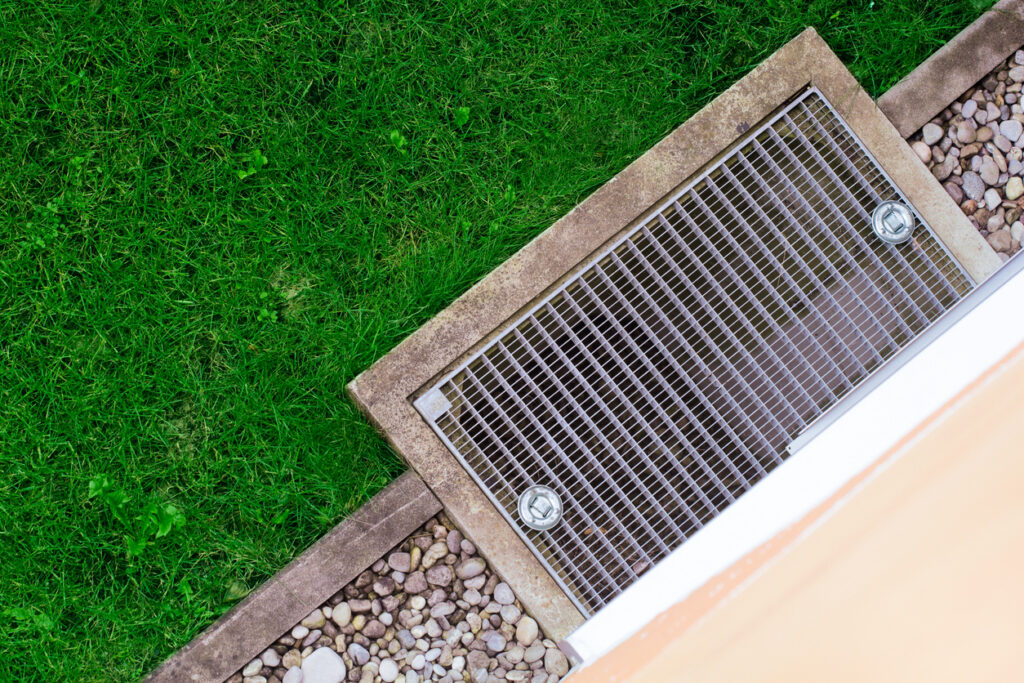
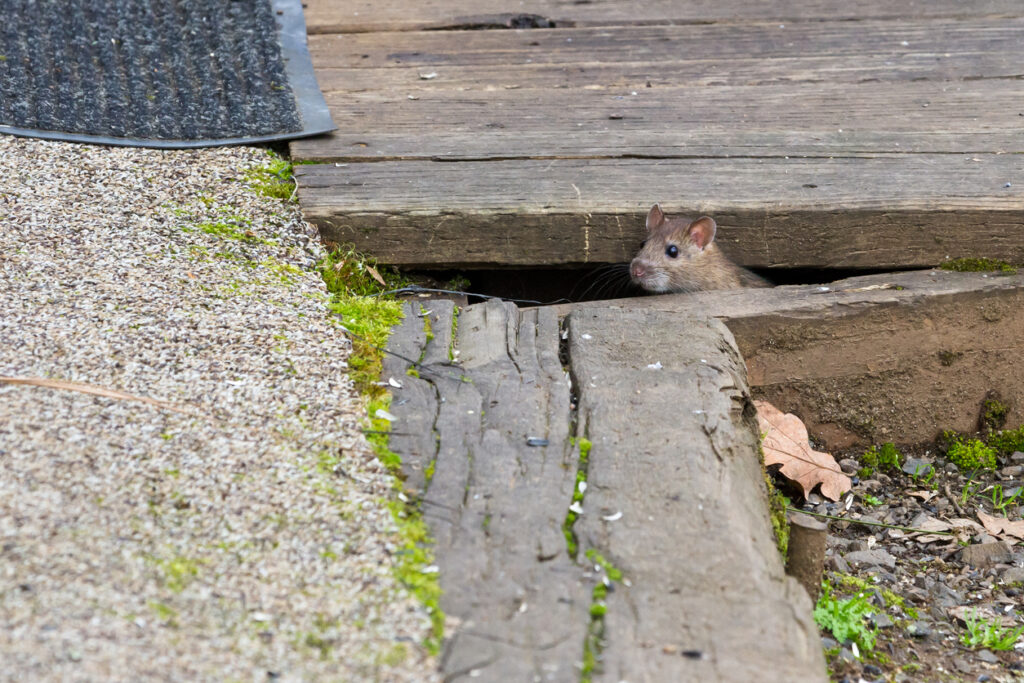
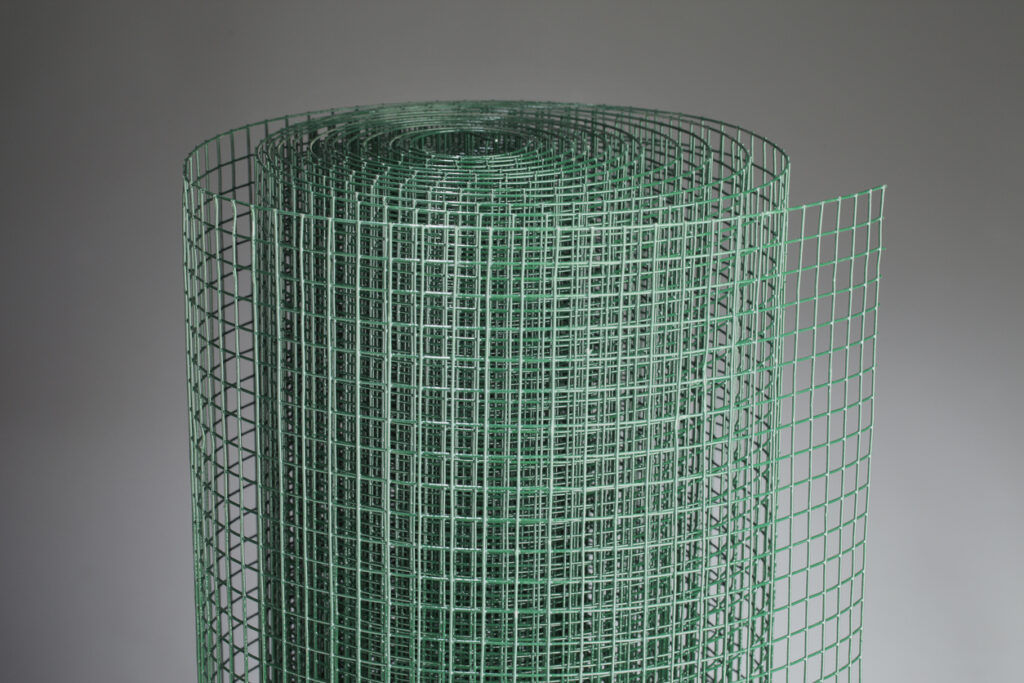
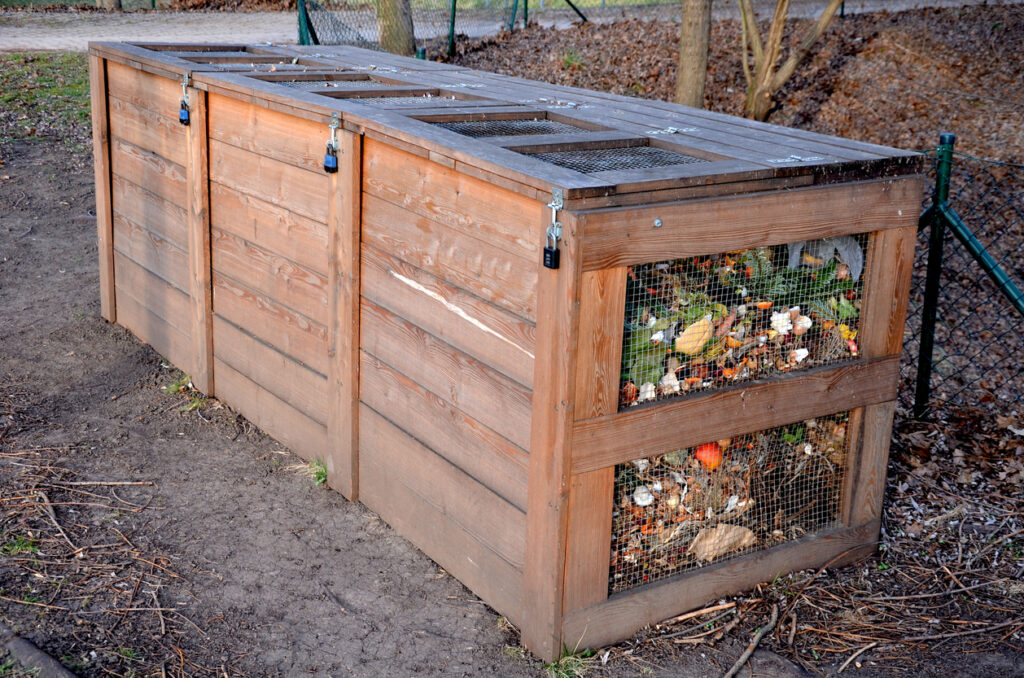




The largest range of wire mesh, chicken wire, wire fencing, woven wire mesh and perforated metal products in Europe, delivered direct from our Warrington warehouse.




Website by: Beech Web Services | Terms and Conditions | Cookie Policy | Privacy Policy | Website Terms and Conditions